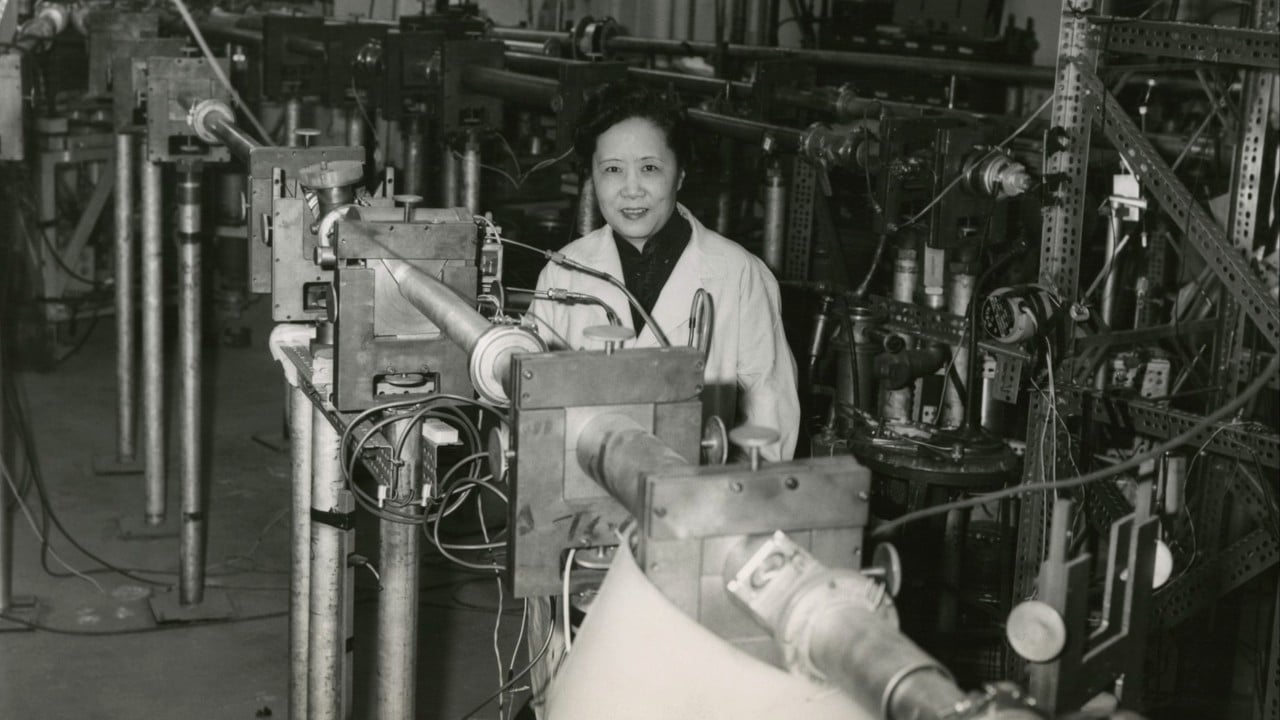Pioneering female Chinese-American physicist Chien-Shiung Wu, who worked with Robert Oppenheimer on the Manhattan Project, was also the first to confirm quantum entanglement – just 14 years after Albert Einstein questioned the phenomenon.
Advertisement
The largely forgotten achievement was included in a profile of Wu, one of the most influential experimental physicists of the 20th century, published in the December issue of Physics Today.
In a 30-hour experiment at Columbia University, Wu and her graduate student Irving Shaknov confirmed the mysterious theoretical link between particles, regardless of how far apart they are, something Einstein described in 1935 as “spooky action at a distance”.
It was not until more than two decades later that scientists at the University of California, Berkeley and in Europe achieved entanglement in the lab and won the 2022 Nobel Prize in physics, cementing the phenomenon as a fundamental part of nature.
Despite being just as conclusive, Wu’s 1949 experiment became another of her overlooked but profound contributions to modern physics in a career that China commemorated last month by naming a crater after her on the moon’s far side.
Advertisement
A few years after her achievement, Wu verified the theoretical proposal that won Tsung-Dao Lee and Chen-Ning Yang the Nobel Prize in 1957 and overturned the fundamental law of physics known as parity conservation in weak interactions.
Wu, who was renowned for her extremely precise, meticulous experiments, won international recognition when her testing confirmed the theory, but she was not included among the prizewinners.

